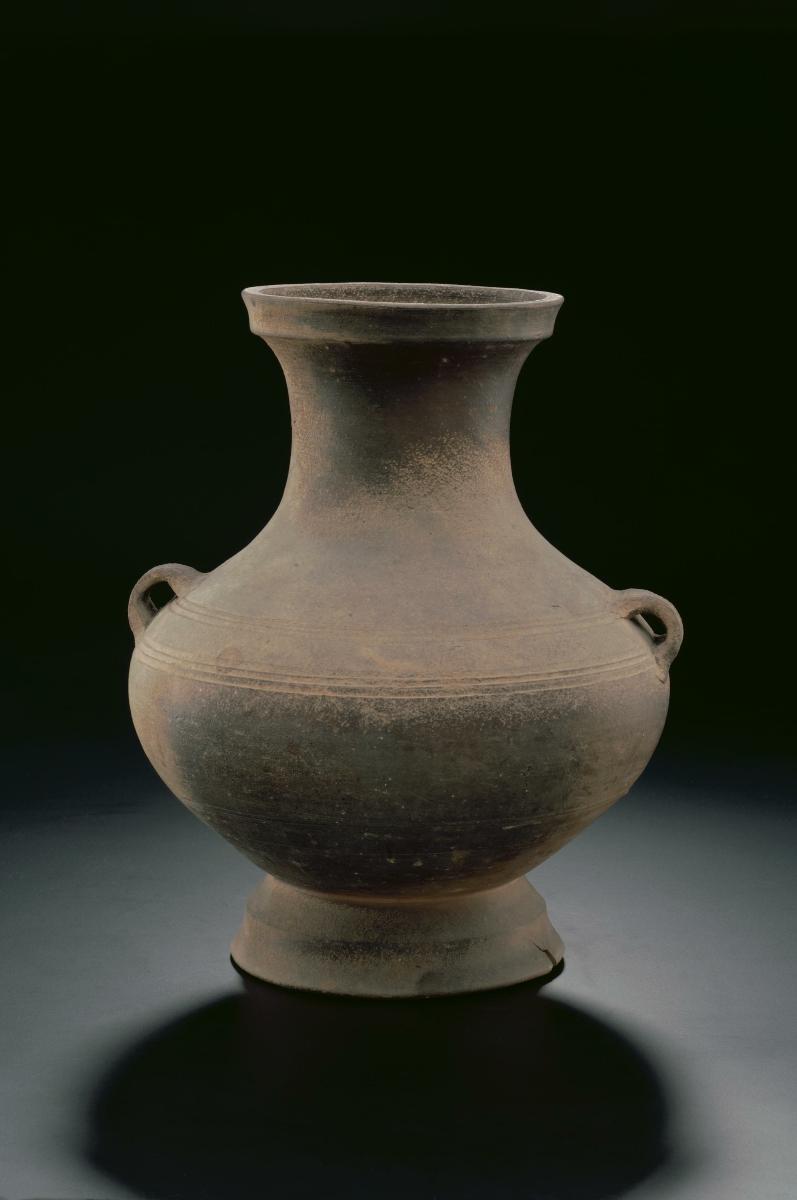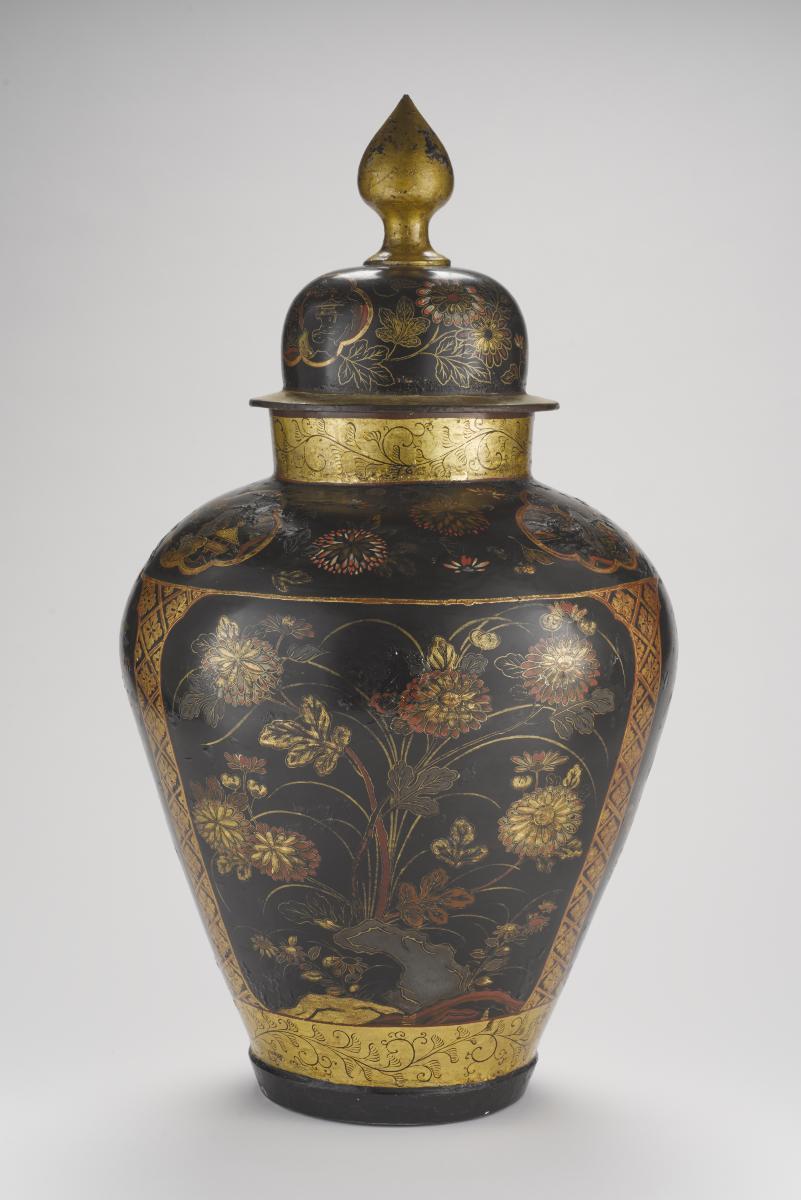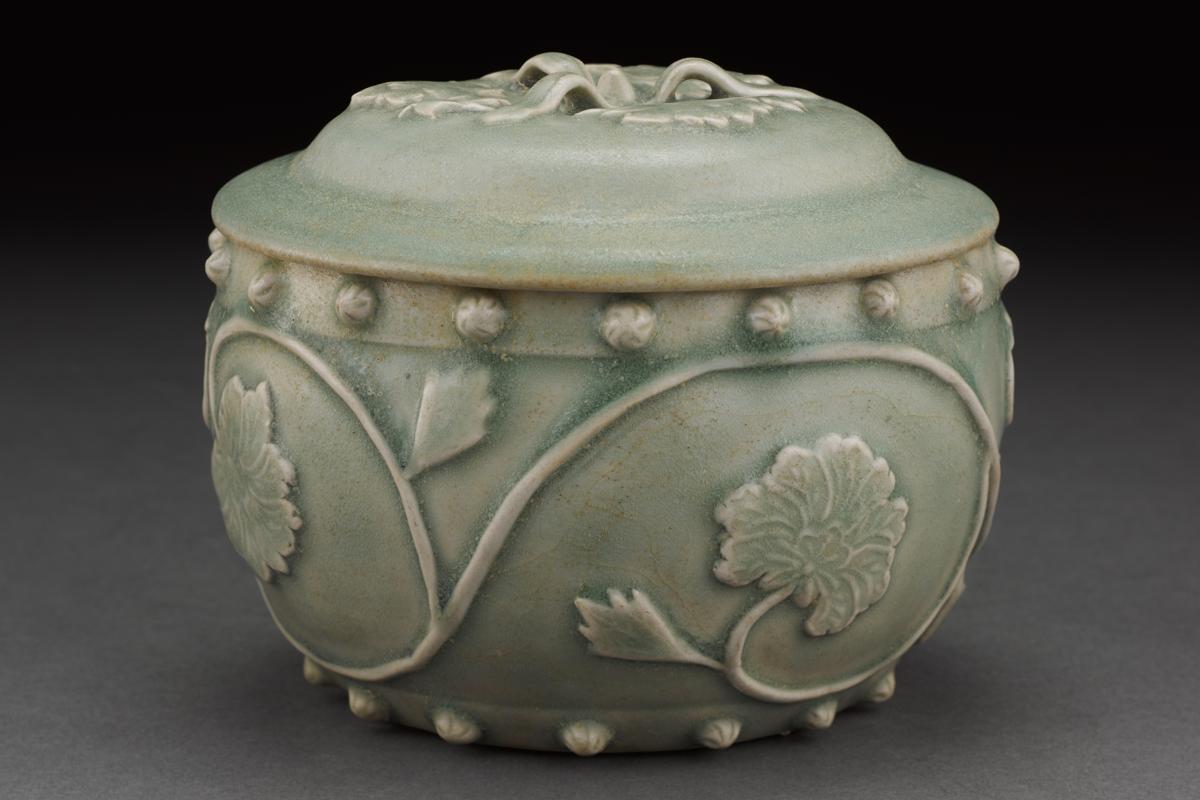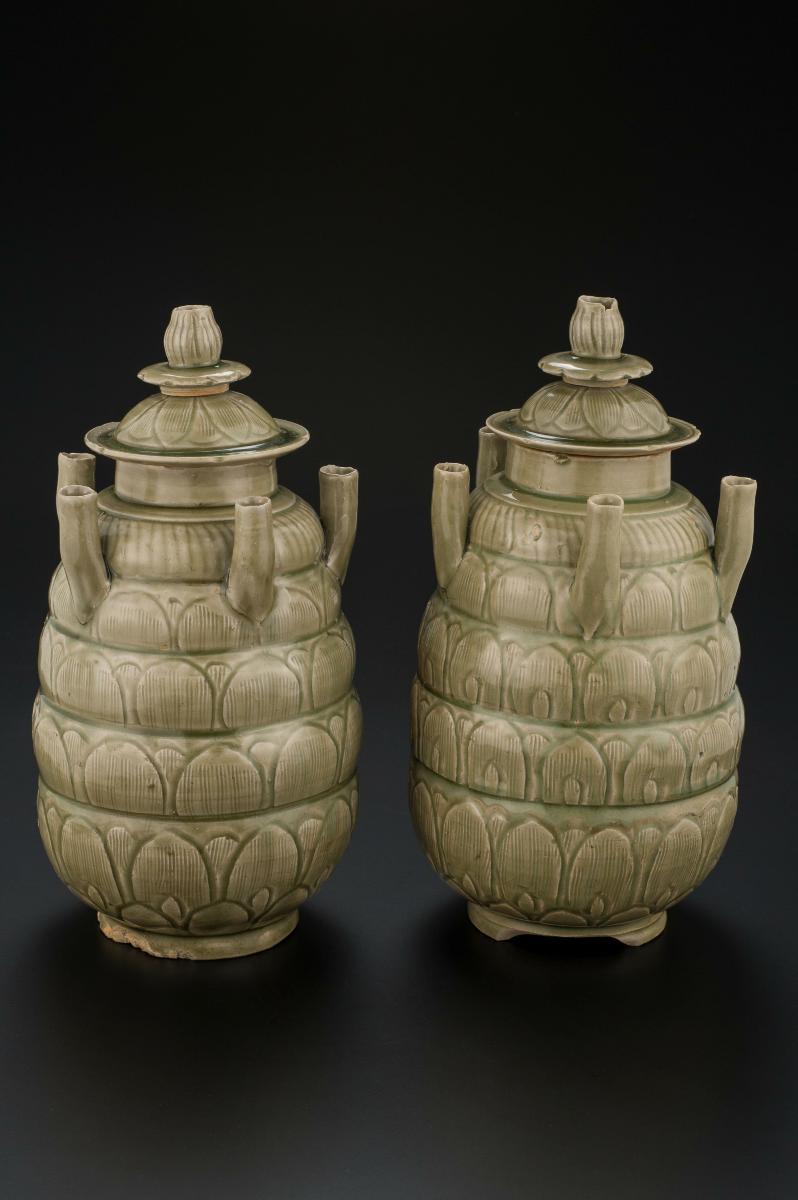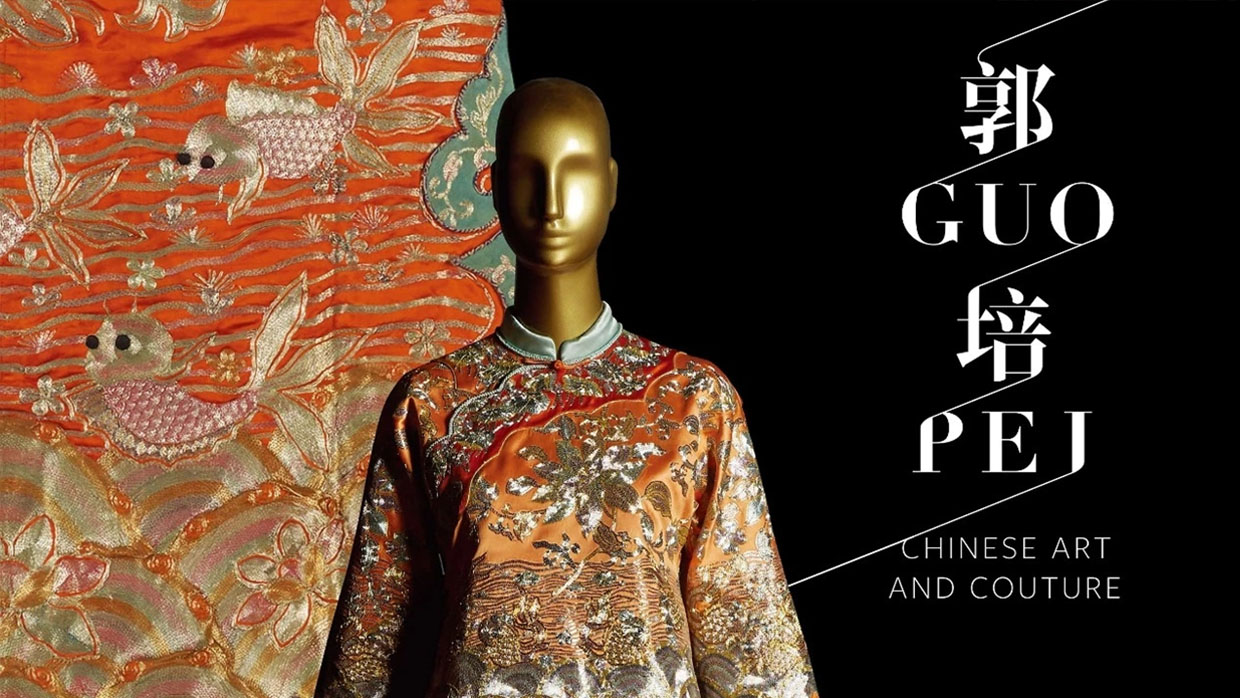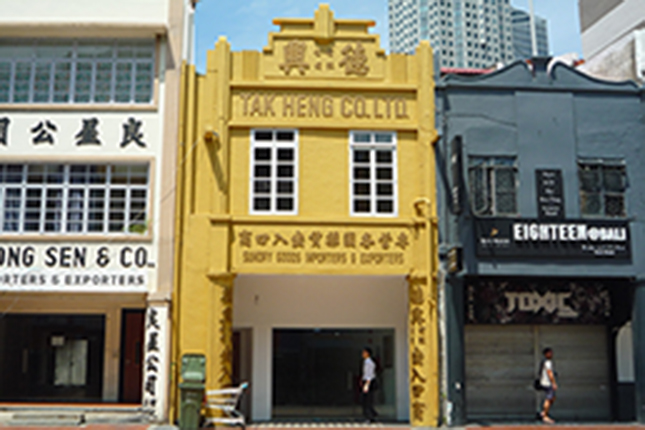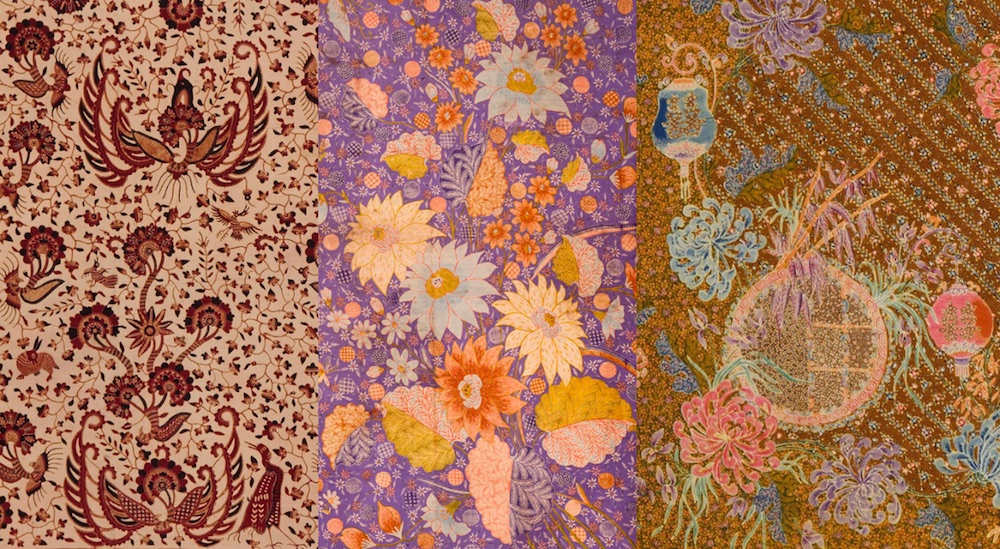This dark green-glazed jar derives its shape from archaic Chinese bronze drinking vessels known as 'hu'. It has a flared mouth, bulbous middle with two lugs at the shoulder and a splayed foot. The shoulder bears two incised lines while the lower body has two more sets of three lines. The jar probably served as 'mingqi' or burial ware.The practice of using lead-glazed burial wares had already started during the Han dynasty (206 BCE-220 CE) and it continued into the Ming period (1368-1644). The custom of burying objects with the deceased stems from the belief in life after death.




